Factors influencing the price of gold
For thousands of years, gold has been and remains the most popular precious metal used to store capital.
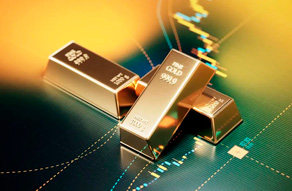
But in order to successfully make an investment or sell an asset before the price falls, you need to clearly know what factors influence the price of gold.
In operations with precious metals, one should focus specifically on key events, and not on messages about price changes and the beginning of a rush.
Today we can identify 7 main factors that have a fairly strong influence on the price of gold during exchange trading.
What affects the price of gold, 7 main factors
Global crisis – this category can include almost all negative processes observed in economics, finance or politics.
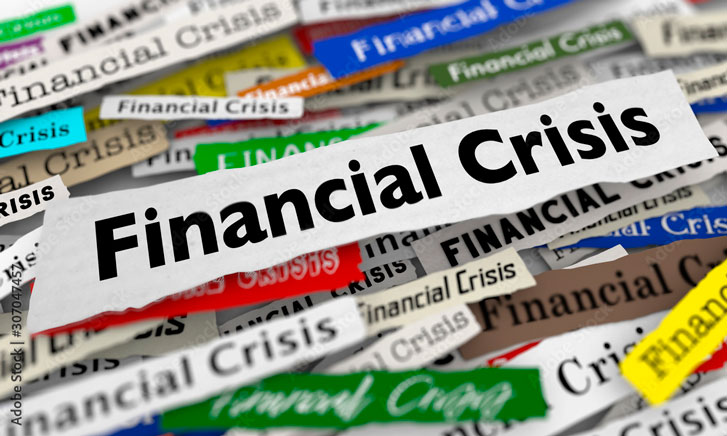
Gold begins to rise in price when military conflicts, pandemics, or collapses on world exchanges occur. A good example would be the recent rise in price of the precious metal after the bankruptcies of American banks and the subsequent fall in stock prices in the banking sector.
Inflation – reports of rising prices and intensifying inflationary processes perfectly stimulate an upward trend in the precious metals market.
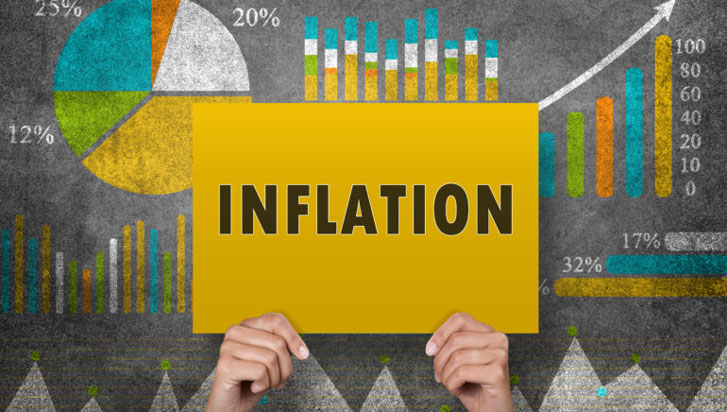
People try to protect their money from losing value and invest in gold bars or exchange-traded gold.
The cost of the US dollar - the main quote for transactions with gold on the exchange is XAU/USD, so it is not surprising that when the US dollar strengthens, gold becomes cheaper, and when the US dollar falls, the price of the metal rises.
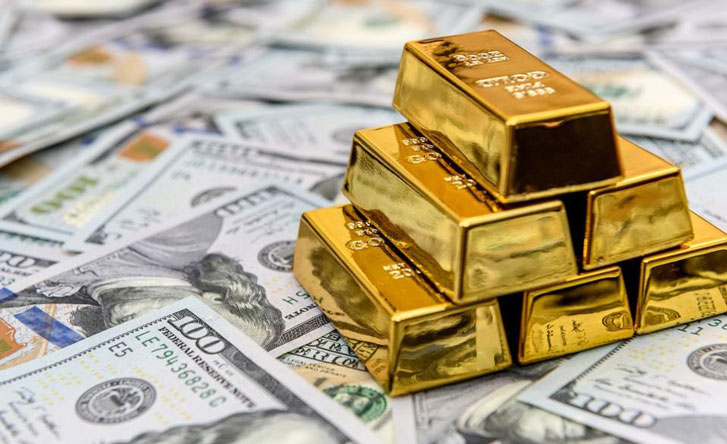
Therefore, news that the US dollar has begun to weaken against other world currencies often serves as a signal to buy gold.
Central bank policies – the policy of the US Federal Reserve has the strongest impact on XAU/USD quotes.
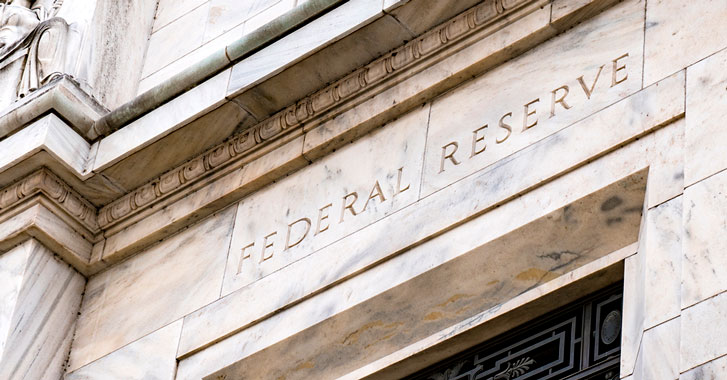
Rising interest rates increase investor interest in government securities and increase deposit rates, which forces many investors to abandon investments in gold.
In addition, the Central Banks make decisions to increase purchases of gold for their reserves, creating large purchase orders, significantly increasing demand.
Market Demand – When there is a significant increase in demand for gold bars, coins or jewelry, the number of exchange purchase transactions also increases.

The excitement becomes a catalyst that moves the price up; rising prices, in turn, causes an even greater desire to buy.
Increasing or reducing production - producers of the precious metal can just as easily influence its price.
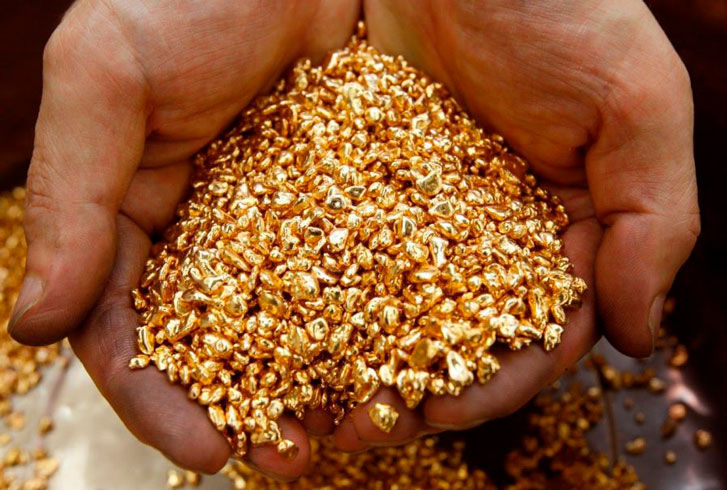
It is enough to create a shortage of gold in the market and the price will go up, or vice versa, announce an increase in supplies and reduce the value of the asset.
Collapses in stock markets - when they occur, there is a significant decrease in the price of popular securities and major stock indices .
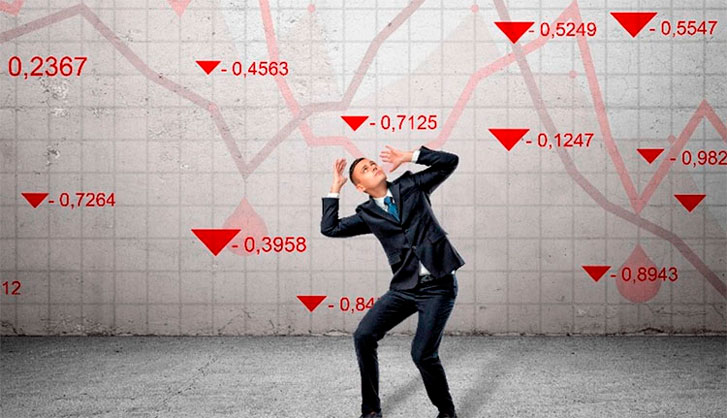
In such situations, investors panic and begin to look for quieter places to store capital.
By tracking the news and knowing what affects the price of gold, you can make money on changes in the value of the precious metal.
However, it is not at all necessary to trade exclusively in gold bars or coins, which only bring profit in the long term.
A simpler and more profitable option is to purchase gold certificates issued by funds such as SPDR Gold Shares or open CFD transactions through stock brokers - https://time-forex.com/vsebrokery/brokery-zoloto-serebro
